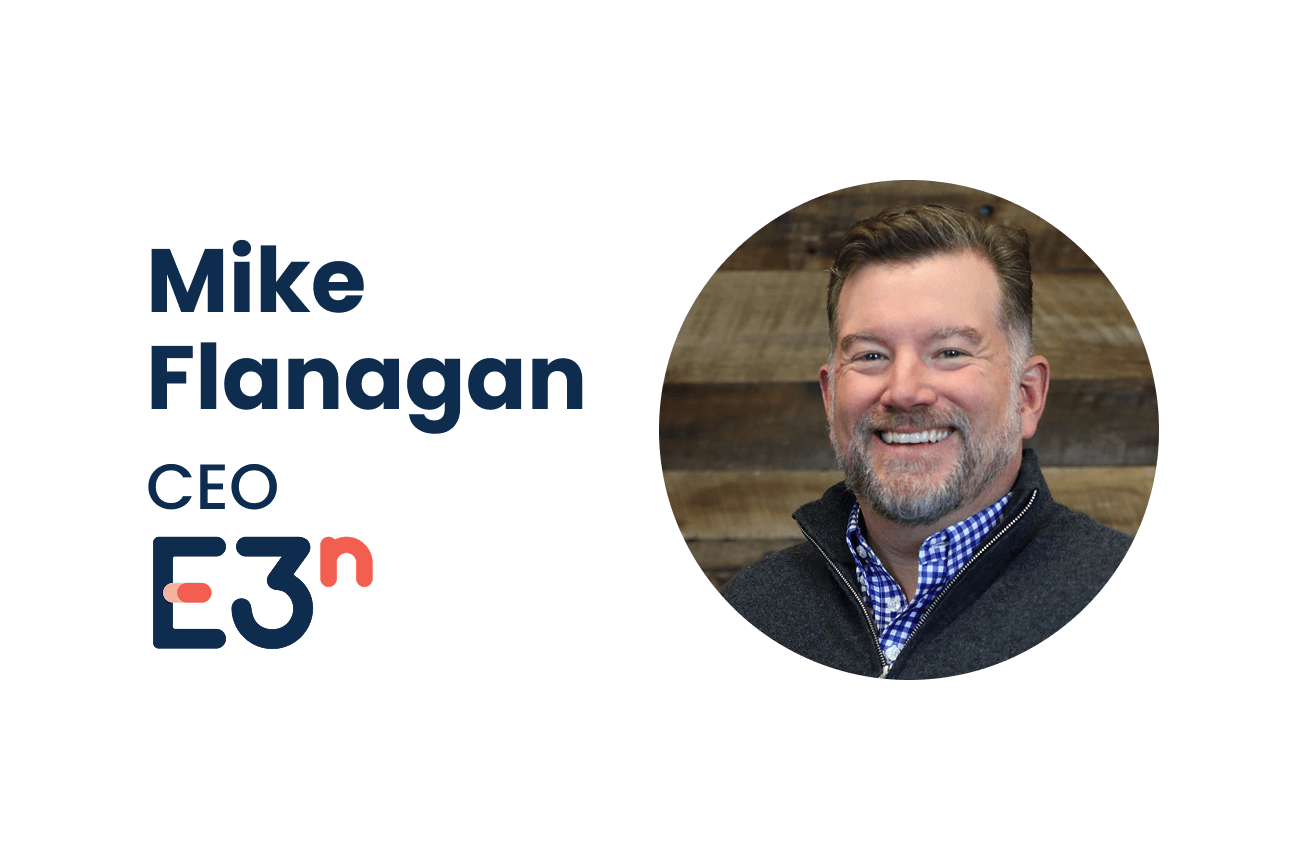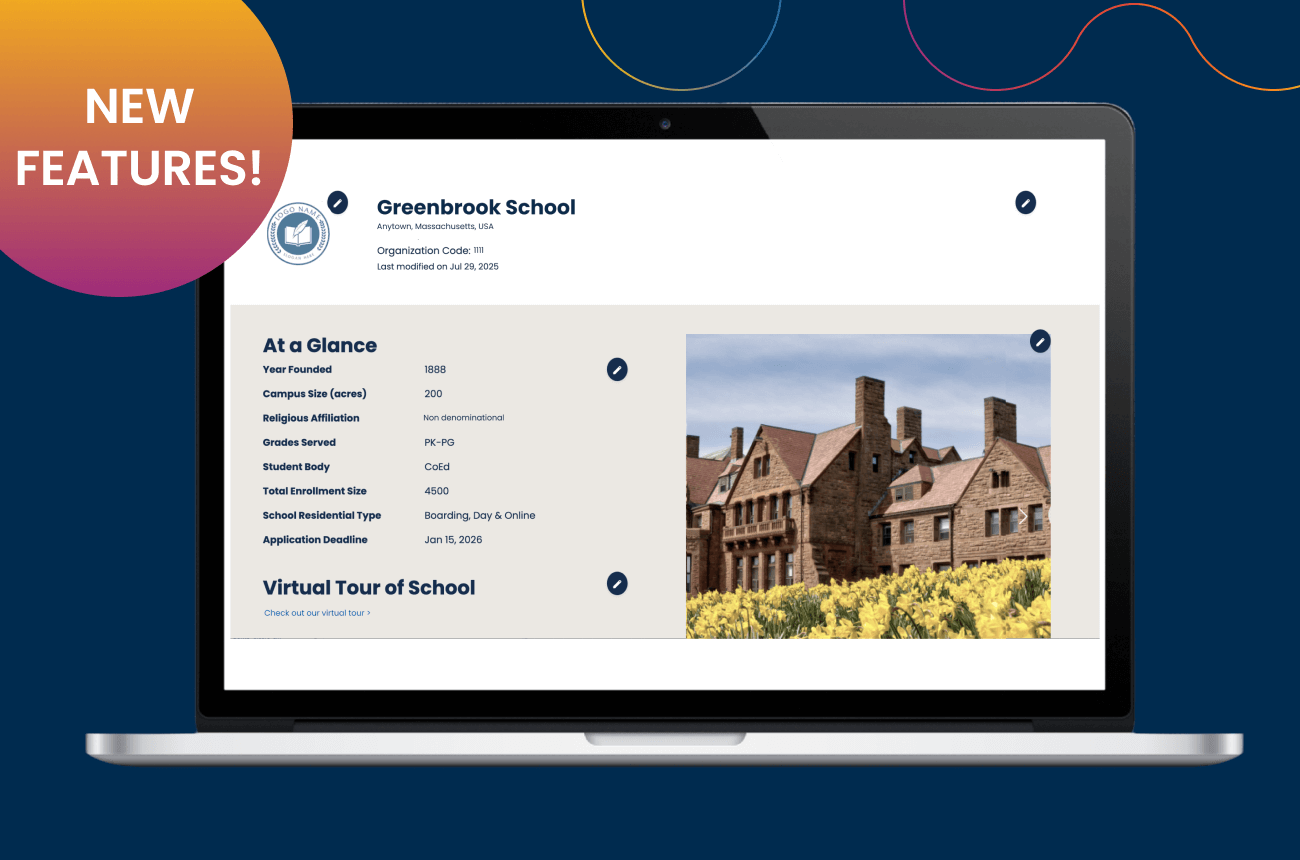Equity in Independent Schools

by Kat Sullivan, Director of Admission, The Bay School of San Francisco (CA) and Ed Thompson, Director of Secondary School Counseling, Far Hills Country Day School (NJ)
Admission offices across the country have long prioritized diversity in their strategic recruiting plans—socioeconomic diversity, ethnic diversity, geographic diversity, diversity of learning styles—but what happens once the students are enrolled? Independent schools aim to provide an equitable school experience for all students. The incredible resources that many schools offer do not come without a steep price tag, and beyond tuition, students have additional costs that we often overlook. This can create a sense of inequity. We may be more sensitive and aware of inequities in independent schools today, but we can do better.
The Realities of a Competitive Environment
If you thought diversifying your student body was challenging before, the increasing cost of independent schools is not helping. The exorbitant price tag simply makes this option unattainable for the majority of American families, even with the assistance of financial aid. And because of the rate at which tuition has increased over the last 10 years, even “high income” American families are having trouble affording independent school (NAIS Trendbook 2016-2017 pg. 26). Therefore, the profile of a financial aid recipient has certainly changed as the “full-pays” have become “mostly-pays” and “mostly-pays” have become “full need.”
This is our wake-up call, folks! The competition is raising its game (big time!), and families have plenty of options. Many public and parochial schools deliver rigorous modern curricula and have similar experiential learning programs and exciting global opportunities that we offer—but at half the price. To add another layer of competition, accredited online programs are fast-growing and appealing options for differentiated instruction. Employers today are looking for strong communicators, creative and resilient problem solvers, and employees who are community-minded and globally aware—and care less and less about where you were educated. Families are looking for stronger value propositions from independent schools in this environment.
Time to reflect on our practice
In this changing environment, it is important to ensure that all students who enroll at our schools feel they have equal access to the full school experience. Part of what can jeopardize this are the hidden costs we may overlook that may add pressure for students whose families are struggling with tuition alone.
Beyond the walls of the admission office, individual financial circumstances are not always considered by teachers and coaches day to day. It is important that enrollment managers take the time to educate faculty and coaches about the financial realities for some students (without disclosing specific student information—financial aid information should remain confidential while a student is enrolled). Ideally, we all adhere to the general rule of thumb: “If it can’t be provided to all, it shouldn’t be provided to any.” No student should ever feel as though s/he is at a disadvantage or that their school experience is less, because an experience was not available to them due to cost.
We all need to keep in mind the hidden costs and the surprise costs that are often taken for granted. For example, a student may encounter the following pressures:
- The $3,000 community service trip to Costa Rica
- The $125 prom ticket
- Other students’ “bottomless” school store accounts
- Invitations to go to the movies, or to lunches off campus
- Extra team SWAG outside of the required uniform
- The post-season soccer trip to Scandinavia
- SSAT, SAT, and ACT prep
Another question for the conversation: what about families that do not qualify for financial aid by a small margin? The added cost of the comprehensive independent school experience (the trips, the gear, etc.) will be onerous. This is where conversations and decisions about equity get complicated. The independent school experience for working moms and dads is also often overlooked. School leaders should be mindful of working parents and equity when scheduling concerts, recitals, special student expositions, and parent education programs.
Looking ahead, as tuition increases faster than the cost of living, independent schools should continue to have open and honest conversations centered on equity and the student experience. The commitment to building the inclusive community should safeguard an equitable experience for all.




